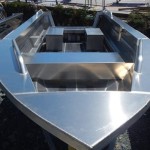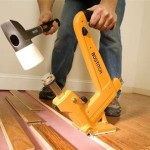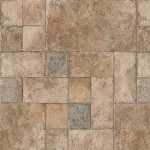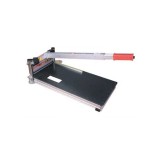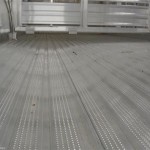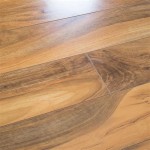Engineered Hardwood Flooring Over Concrete Slab: Essential Considerations
Installing engineered hardwood flooring over a concrete slab requires careful planning and proper execution to ensure a durable and aesthetically pleasing floor. Here are some essential aspects to consider:
Moisture Barrier
Concrete slabs are prone to moisture seepage, which can damage hardwood flooring. A moisture barrier is crucial to prevent moisture from reaching the floor and causing warping, buckling, or mold growth. A vapor retarder or underlayment with a moisture barrier should be installed directly on the concrete slab.
Flatness and Leveling
Concrete slabs may have unevenness or imperfections that can compromise the installation of hardwood flooring. It's essential to level the slab using self-leveling compounds or plywood underlayment to create a flat and stable surface. Any significant unevenness can cause the flooring to creak or buckle over time.
Expansion Gap
Hardwood flooring expands and contracts with changes in temperature and humidity. Leaving an expansion gap around the perimeter of the room allows for this movement without causing damage. The gap should be approximately 1/4 inch to 1/2 inch wide and filled with a compressible material like cork or foam.
Adhesive or Floating Installation
Engineered hardwood flooring can be installed using either glue-down or floating methods. Glue-down installation permanently bonds the planks to the concrete slab, providing high stability and durability. Floating installations use a locking system that allows the planks to be fitted together without adhesive, making it a faster and more DIY-friendly option.
Acclimation and Installation
Before installation, engineered hardwood flooring should be acclimated to the environment in the room it will be installed in for several days. This allows the flooring to adjust to the temperature and humidity levels, minimizing the risk of expansion or contraction issues later on.
Proper installation techniques, such as using a tapping block and spacers, are important to ensure a flush and secure fit. It's recommended to consult with a flooring professional for guidance and to avoid potential installation errors.
Maintenance and Care
Engineered hardwood flooring is relatively low-maintenance, but regular cleaning and care are essential. Sweep or vacuum regularly to remove dust and debris. Use hardwood floor cleaner specifically designed for engineered flooring, and avoid using harsh chemicals or abrasive cleaning methods.

Hardwood Over Concrete Auten Wideplank Flooring

Installing Wood Flooring Over Concrete Diy

Installing Engineered Hardwood On Concrete Twenty Oak

Installing Engineered Hardwood On Concrete Twenty Oak

Getting It Right Wood Flooring Over A Concrete Subfloor Page 2 Of 3 Construction Specifier

Installing Hardwood Floors On Concrete Subfloors

Q A Solid Wood Floors Over Concrete Slabs Jlc
Is It Possible To Put Hardwood Over A Concrete Subfloor Quora

Installing Wood Subfloors Over Concrete Hardwood Floors

Installing A Hardwood Floor Over Concrete Slab American Information Center
Related Posts

